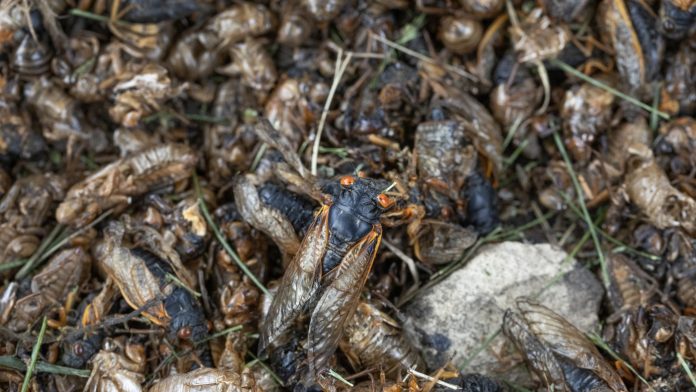The Troubling Decline of Insect Populations: Why We Should Care
Have you ever stepped outside on a warm summer evening and heard the buzzing of cicadas or seen fireflies dancing in the dusk? It’s such a familiar sound and sight, isn’t it? But what if I told you that these little creatures, along with many others, are disappearing from our world? Recent research from the University of North Carolina at Chapel Hill has raised some serious alarms about the decline of insect populations, and the findings are both surprising and concerning.
Insects on the Decline: A Long-Term Study
For the last 20 years, scientists have been studying the flying insects in a remote meadow in the Colorado mountains. They worked tirelessly, collecting data from 2004 to 2024, to discover just how many insects were buzzing around in this pristine environment, untouched by heavy human activity. What they found shocked many: insect populations have dropped by an average of 6.6% each year, leading to a staggering 72.4% decline over the two decades. This isn’t just some random science report—this is a wake-up call.
Why This Matters
You might be thinking, “So what? Insects are just bugs, right?” But here’s the thing: insects are a core part of our ecosystem. They pollinate plants, break down organic material, and serve as a food source for many animals. Without insects, our entire food chain could be in jeopardy. The fact that even a relatively undisturbed area shows such a drastic decline makes us question: if these insects can’t survive there, where can they survive?
The Culprits: Climate Change and More
Keith Sockman, the associate professor behind this research, pointed out how surprising it is since the study area is quite remote, with very little human interference. In fact, it emphasizes that the usual suspects—loss of habitat due to agriculture, pesticide use, and pollution—aren’t to blame. Instead, climate change seems to be the biggest factor at play.
Sockman noted that temperatures during the summer have a delayed effect on insect populations. The warming summers are leading to fewer insects, creating a concerning lag effect. Without any major human activities nearby, it’s clear that something much larger is influencing this decline.
The Ripple Effects
But what happens if insect populations keep dropping? Jonathan Larson, an entomologist from the University of Kentucky, shared a powerful metaphor: “humans are like a bad smell; we permeate everything.” This means that even in isolated areas, the impact of climate change can be felt.
Larson warns that if insects continue to dwindle, it could disrupt the delicate balance of nature, affecting not only birds and frogs that rely on bugs but even bigger animals—and yes, that includes us.
The Bigger Picture: A Call to Action
So, what can we do? Awareness is the first step. Many people think of insects as nuisances instead of valuable players in our ecosystem. But recognizing their importance can lead to action. Increasing awareness can lead to changes in behaviors and policies that can help protect these creatures.
Consider reducing pesticide usage, creating more natural habitats in your local area, or even planting flowers that attract pollinators. Each person can contribute to making a difference.
Additionally, engaging with local environmental organizations can amplify efforts to raise awareness about insect declines. After all, it’s not just about the bugs; it’s about our planet and our future.
Personal Reflections: Why This Research Matters to Me
As someone who enjoys spending time outdoors—whether it’s hiking, gardening, or simply listening to nature—I find the decline of insect populations deeply concerning. I’ve often marveled at the wonders of nature, from colorful butterflies flitting across flowers to the crucial role ladybugs play in gardens.
This research hits home in a way that feels personal. It reminds me of the intricate web of life on Earth, and how easily that web can unravel. When I think about future generations enjoying the same beauty I have—like those buzzing cicadas on a summer’s night—I can’t help but feel motivated to be part of the solution.
Conclusion: Protecting Our Planet Starts Now
The significant decline in insect populations is a critical issue we can’t overlook. It teaches us an essential lesson about the interconnectedness of life. As ecosystems fall out of balance, the ripple effects touch everything around us. We must act now, not just for the sake of insects, but for the health of our planet and ourselves.
So the next time you hear a buzzing cicada or see a butterfly fluttering by, remember—their survival matters. Let’s protect our bouncing friends and ensure they’ll be around for generations to come. Together, we can create awareness and drive change, one small step at a time.

